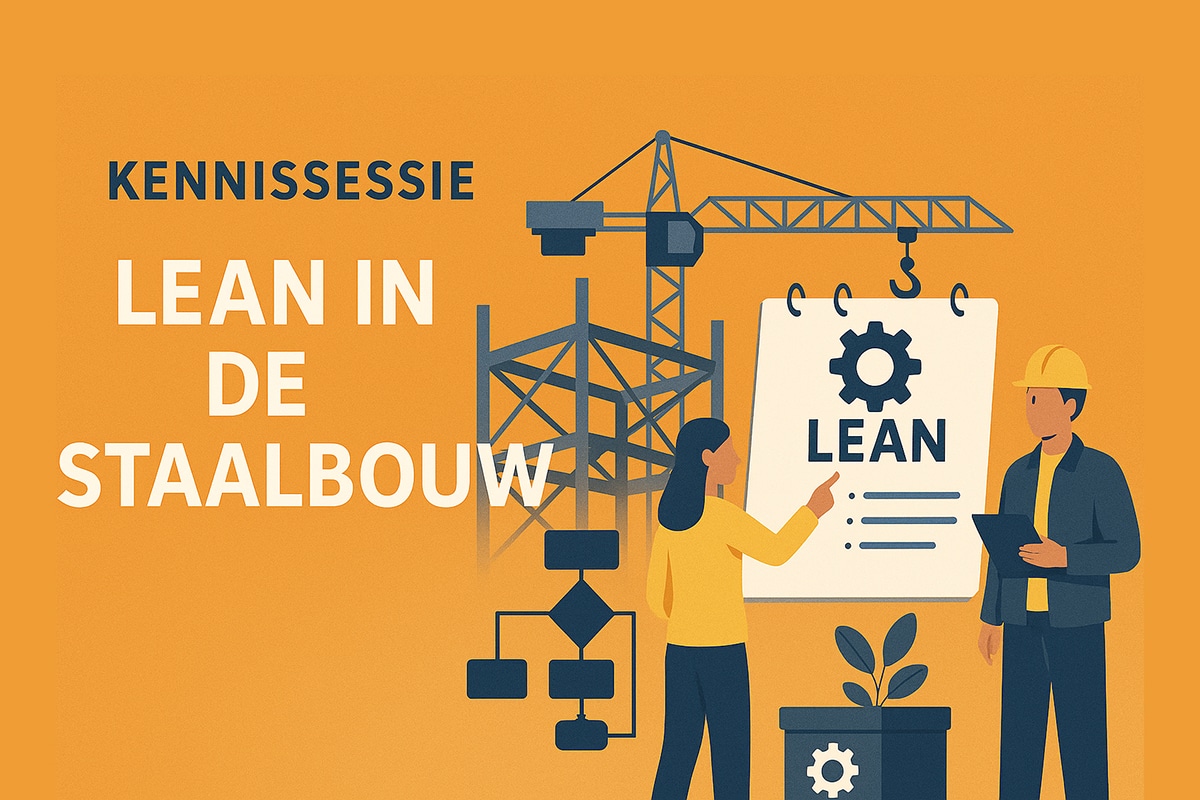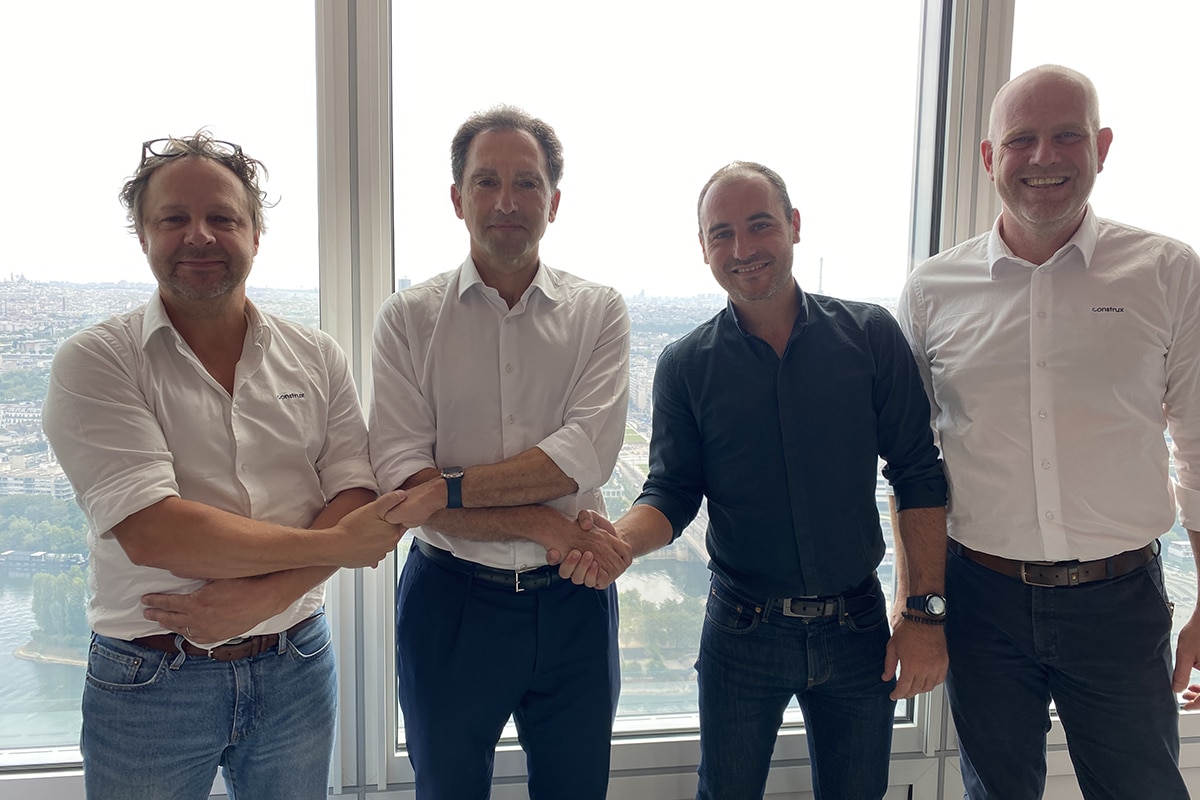
Geopolymer concrete on glass foam aggregate
Pioneering for Klein Oers
In Zilverackers, Veldhoven's youngest neighborhood, eco-village Klein Oers is being enthusiastically built. Forty houses here are made of wood, loam and straw and the residents are helping to build them. The base on which the houses stand is also very sustainable: the ground floor of geopolymer concrete is poured on an insulating layer of glass foam granulate.
After a rather long preparation time, contractor Versteegden could concretely start work in April 2023 on the construction site of about 1 hectare. Klein Oers comprises five residential blocks (24 social rental homes, 16 owner-occupied homes) and a village house. The owner-occupied homes will be realized under collective private commissioning (cpo) in which the residents will also take on part of the construction. "Here they only do the filling of the walls with straw and the finishing with clay," specifies Mark Versteegden, director of the contractor company of the same name. "We deliver the construction in shell condition to the client, who does his part and then delivers back to us. We check everything, of course, and make sure that the Building Code and safety regulations are met. That sounds straightforward, but cpo and the high degree of sustainability aimed for here make this quite a different business from traditional construction."
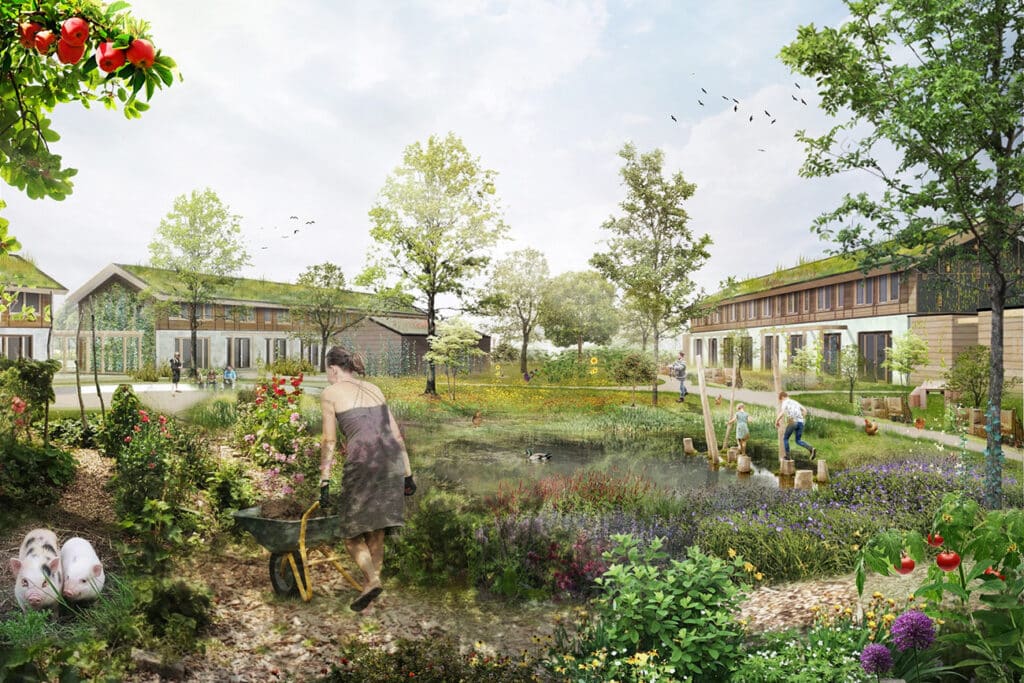
Venture Enterprise
Construction company Versteegden of Erp, Brabant, is originally a traditional builder employing many masons and other skilled workers. Versteegden: "On average we have about sixty or seventy people working outside. The management of this family business is comparatively very compact, and because of the very flat organization, we are a little different in the game than other builders. By that I mean that we are more inclined to take risks that larger contractors in particular prefer to avoid. And we take on unusual works, such as Klein Oers. There you are dealing with very high sustainability ambitions and residents who think differently, are more extroverted and assertive. It is pioneering, but we have found that it suits us."
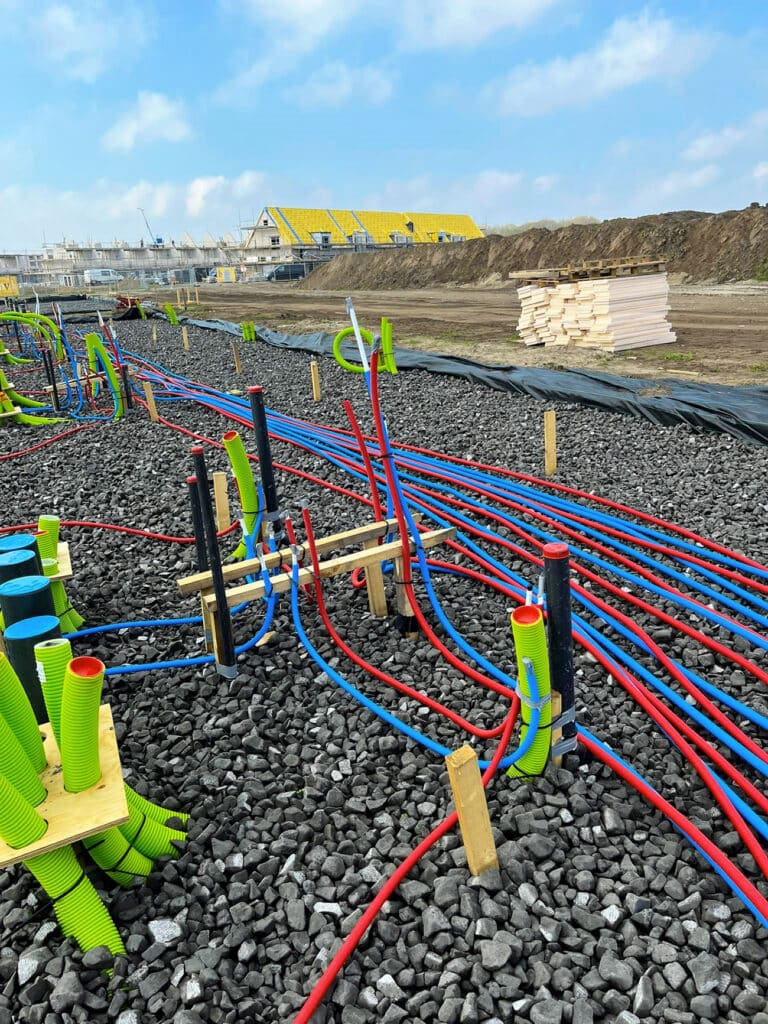
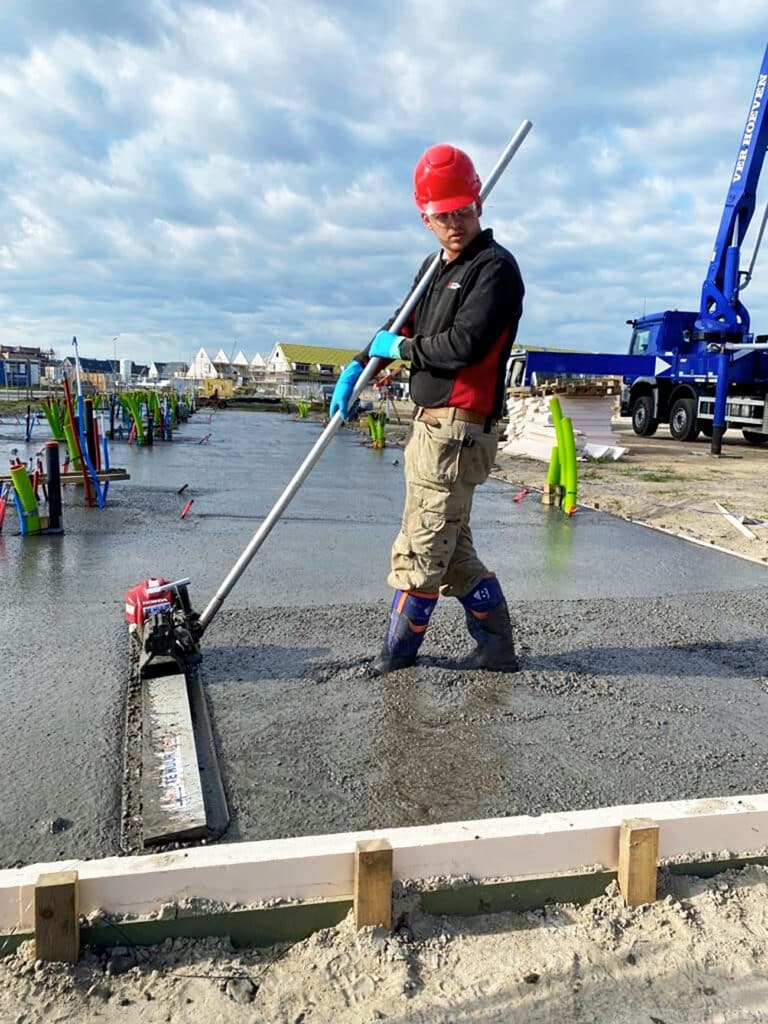
Foundation
That pioneering begins at the base. Versteegden: "We chose a foundation on steel with glass foam granules, a waste product of glass that is dumped into the ground in dug trenches. Because this material contains dye that should not get into the groundwater, we put a waterproof cloth under it. By the way, it is completely circular and you don't need frost barriers. On this thermally insulating underlayment, we then poured floors of geopolymer concrete supplied by Jansen Beton. This is strong, you only need one reinforcement mesh instead of two, and because the houses are connected, less edge reinforcement was also needed. So we were able to save considerably on material use." The construction was done with wood frame construction, straw from rye crops in Flanders and loam as a wall finish.
Print proofs
Pioneering often leads to discussions and disagreements, but Klein Oers was spared that. Versteegden: "The cooperation with the architect, the residents and the suppliers went wonderfully well. Because of all the new features, we test everything ourselves, such as pressure tests after making the floors. And we are also very happy with the geopolymer concrete, which we used here for the first time. You can put all the pipes in it, it dries very quickly and it is easy to finish. The only thing is that the employees have to wear gloves and glasses because of the glass fibers. What is unfortunate is that materials such as glass foam granules and geopolymer concrete are not yet included in the environmental databases. So calculating the environmental load or environmental performance building is not possible. In that respect, the construction industry is still very much behind on this type of sustainable innovation."
MKI Value Determined
Bert Busgen of Jansen Beton BV: "The fact that this product is not yet included in the National Environmental Database does not mean that we as Jansen Beton BV cannot make an MKI calculation. We have previously supplied similar geopolymer concrete for the Ecodorp Boekel project where an MKI was determined at €5.54 per m3. In addition to the application of geopolymer concrete, the aggregate 100% was replaced by thermally cleaned sand and gravel. This results in a very low environmental impact compared to regular concrete."
- Client Home Housing Foundation (24 rental units), cpo (16 owner-occupied units)
- Architect archi3o
- Coordination The Pilot
- Implementation Construction company Versteegden
- GEOPOLYMER CONCRETE Jansen Beton BV

